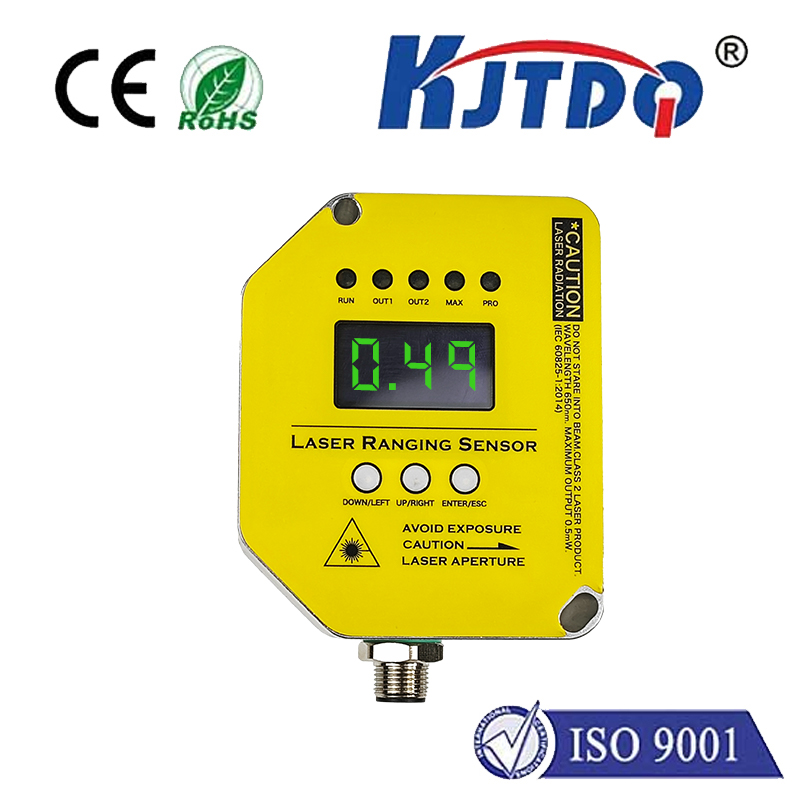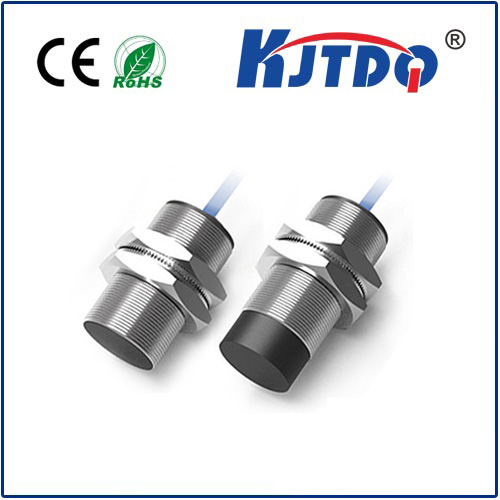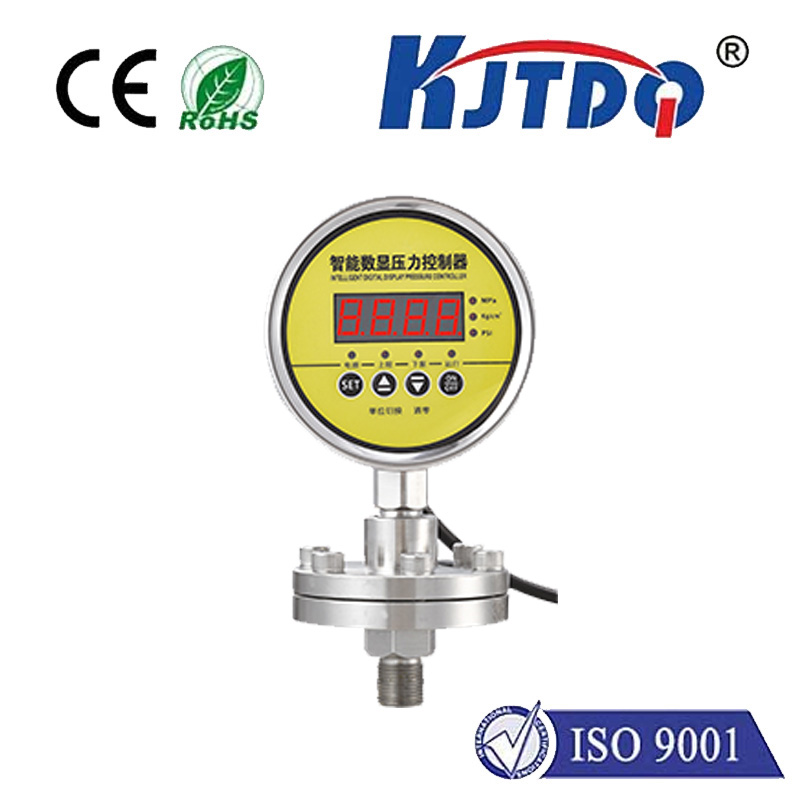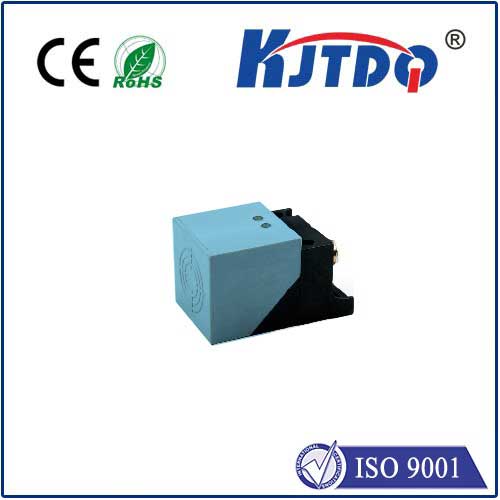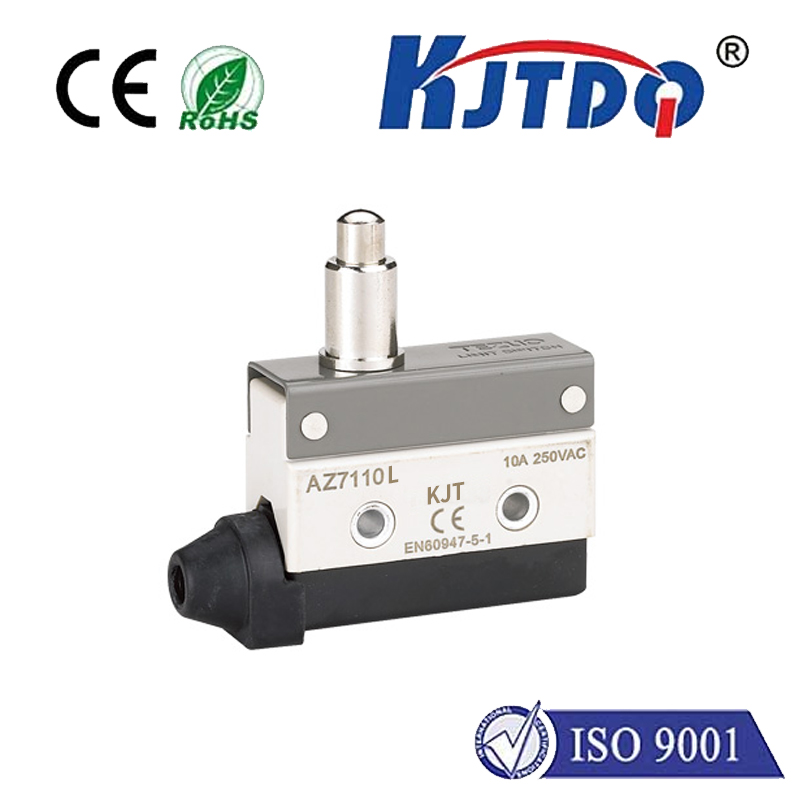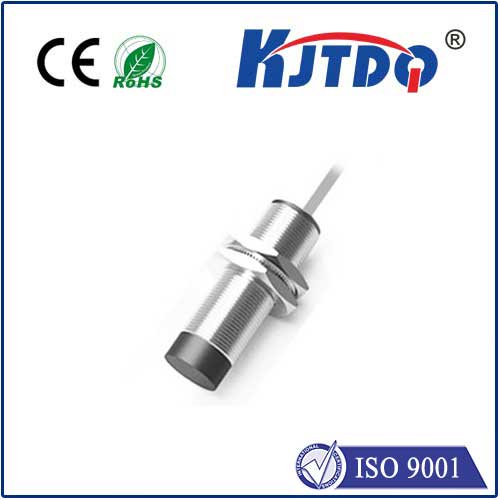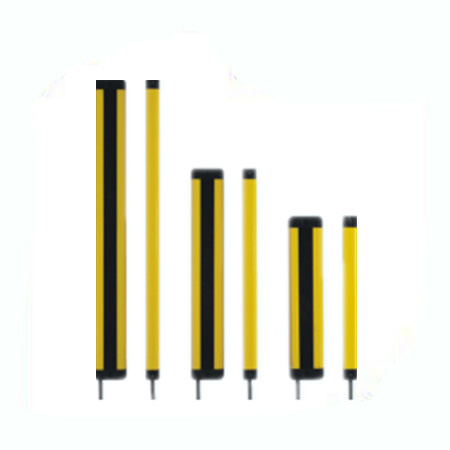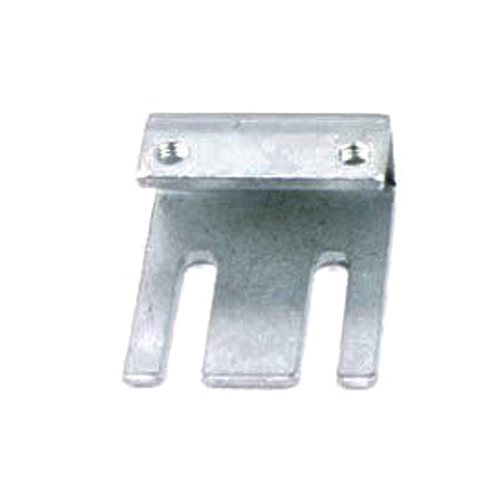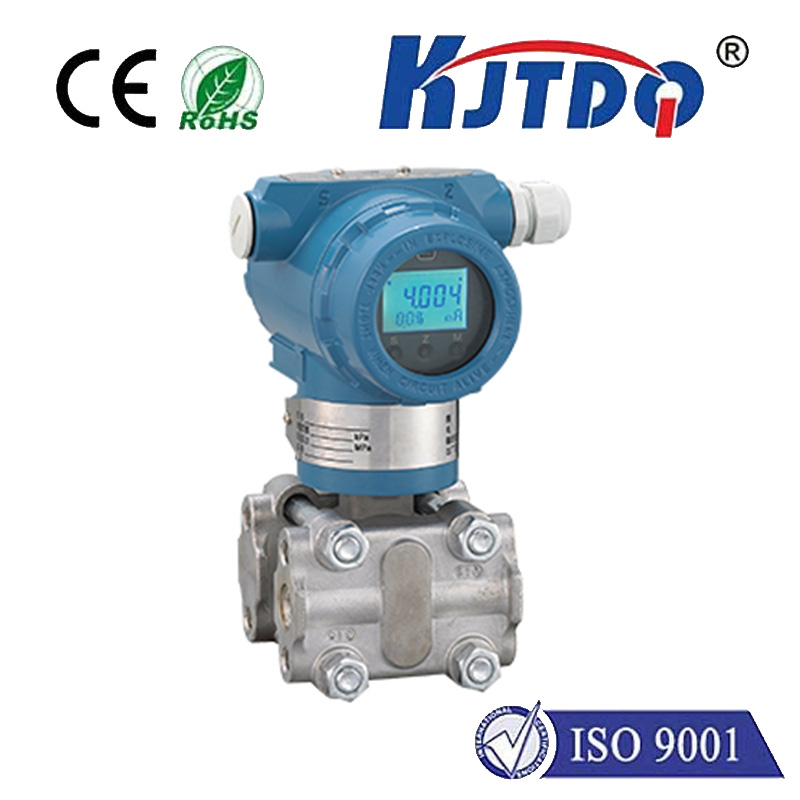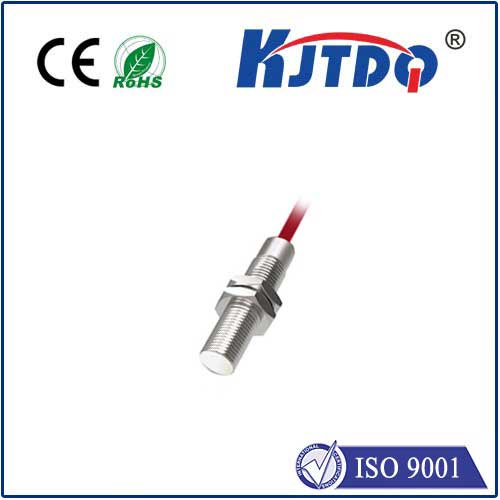

check

check

check

check

check

check

check

check

check

check
Introduction:
A proximity switch, also known as a contactor or reed switch, is a simple yet powerful electrical device that controls the flow of electricity in circuits. These switches rely on the presence or absence of a metal object to trigger an electrical signal, making them ideal for a wide range of applications, including safety, automation, and communication systems. In this article, we will explore the basics of proximity switches, their working principle, types, and applications in different industries.
Section 1: Introduction to Proximity Switches
Proximity switches are essentially electronic devices that detect the presence or absence of a physical object. They work by using a magnetic field to interact with a small metal object, such as a reed, which creates an electrical circuit when it comes into contact with the switch. The switch then sends a signal to the control system, indicating whether an object is present or absent. This technology has numerous applications in various industries, from manufacturing and automotive to healthcare and security. In this section, we will discuss the basic components of a proximity switch, its working principle, and some common types of proximity switches.
Section 2: Types of Proximity Switches
There are several types of proximity switches available in the market, each with its unique features and applications. Some of the most common types include:
* Reed Switches: These are the simplest type of proximity switches and work by using a thin piece of metal, such as a reed or needle, to create an electrical circuit. They are relatively inexpensive but have low accuracy and can be affected by environmental factors such as humidity and temperature.
* Infrared (IR)距离传感器: These sensors use infrared radiation to detect the distance between an object and the sensor surface. They are widely used in industrial automation and robotics for distance measurement and positioning tasks.
* Ultrasonic距离传感器: Similar to IR sensors, ultrasonic distance sensors use high-frequency sound waves to measure distances between objects. They are commonly used in medical equipment, automotive industry, and security systems for non-contact measurement of distance.
* Optical距离传感器: These sensors use light signals to determine the distance between an object and a sensor surface. They are highly accurate but require direct line-of-sight between the object and the sensor. Optical distance sensors are commonly used in measuring distances in industrial processes, such as sorting machines and quality control systems.
Section 3: Applications of Proximity Switches
Proximity switches are versatile devices that offer a variety of practical applications across different industries. Here are some common examples:
1. Safety: In industrial settings, proximity switches are used to detect the presence of workers or equipment in hazardous areas, triggering an alarm to prevent accidents. For instance, proximity switches can be installed on conveyor belts to stop them when someone is trapped underneath or near malfunctioning machinery.
2. Automation: Proximity switches are essential components of automated systems that require constant monitoring and control. For example, they can be used in factory automation to detect when machines need maintenance or repair, reducing downtime and improving efficiency. Similarly, they can be integrated into home automation systems to turn off lights or appliances when no one is present.
3. Communication networks: Proximity switches can be used in wireless communication networks to enhance device connectivity and reduce power consumption. By detecting the proximity of devices to each other, these switches can improve data transfer rates and reduce interference caused by overlapping signals. This technology is particularly useful in remote control systems for household appliances and wearable devices like fitness trackers.
Conclusion:
In conclusion, proximity switches offer a range of benefits in various industries due to their simplicity, accuracy, and versatility. From safety and automation to communication networks, these devices play a critical role in ensuring efficient operations and enhancing overall performance. As technology continues to evolve, we can expect more advanced versions of proximity switches to emerge that will further revolutionize the way we interact with technology in our daily lives.
